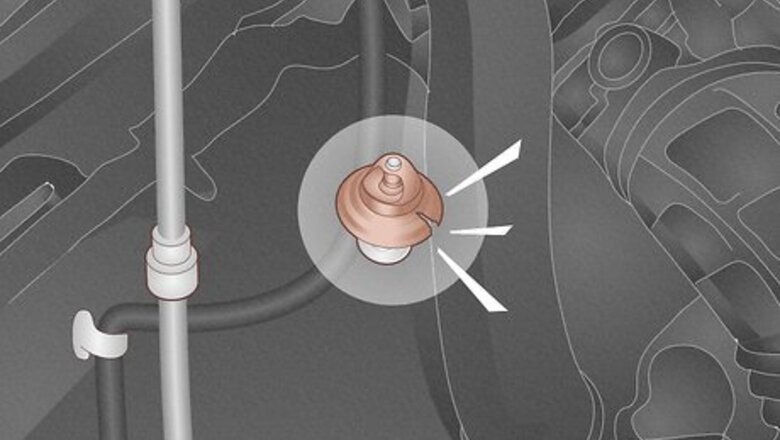
views
- Most often, the heater isn’t working because you need a new thermostat, which controls the valve in your engine’s coolant system.
- Low coolant or antifreeze can also cause your heater to shoot out unheated hair, so check your coolant tank to see if it’s low.
- Wiring issues, damaged circuits, and blown fuses can all keep a heater from operating properly.
Causes & Solutions
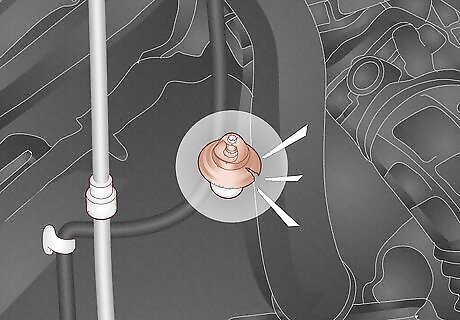
Faulty thermostat There is a thermostat inside of your vehicle’s coolant system that monitors the temperature of the coolant or antifreeze. When you turn the thermostat on, it checks to see if the fluid is hot enough to heat your car. If it isn’t, the system stays closed and the fluid is sent back into the engine to reheat. If it is hot enough, the thermostat opens a valve that feeds the air into your car. If the thermostat is busted, that valve will never open, though. Other symptoms: Your temperature gauge rises slowly and your engine overheats. You may also notice poor mileage or engine performance if the issue continues to be ignored. What will happen when you turn the heat on? Air will come out, but it will be cold or room temperature. The fix: The thermostat needs to be replaced. This is a very common repair, so see a mechanic to have it swapped out quickly.
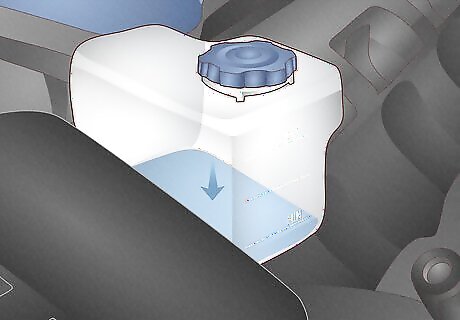
Low antifreeze/coolant It’s possible that the fluid running through your coolant system is too low to absorb all of the heat your engine is generating. This usually happens when there’s a leak somewhere in your coolant lines, but it could also be a sign the coolant has gone bad and it’s time for a coolant flush. In general, you need a coolant flush roughly every 30,000 miles (48,000 km) or every 3 years—whichever comes first. Other symptoms: Uneven temperature readings on your gauge, poor engine performance, and gurgling noises in your engine bay. What will happen when you turn the heat on? You may get bursts of heat from the vents, but it will likely be mostly room-temperature air. You may notice the air smells sweet, too. The fix: See a mechanic and ask them to inspect your coolant lines and reservoir for tears. If there are any, fixing them and refilling your coolant should solve the problem.
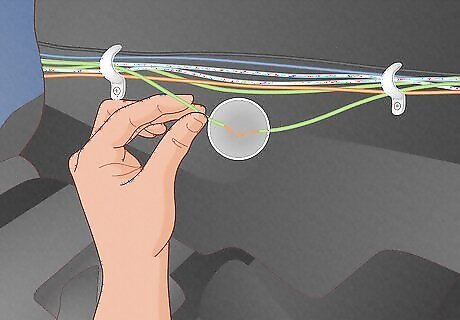
Damaged wiring The thermostat, coolant pump, and heating system are all connected to the vehicle’s main battery via a complex series of wires. If one of those wires has become short-circuited or a wayward squirrel chewed on one of your wires, it can interfere with your vehicle’s heating system. You could also have a blown fuse. Other symptoms: You might smell something burning when you drive. What will happen when you turn the heat on? It depends on which wires are or are not damaged. Nothing may happen, or you may get bursts of hot air. The fix: See a mechanic and ask them to inspect your wiring. They’ll be able to locate any electrical issues and fix them for you.
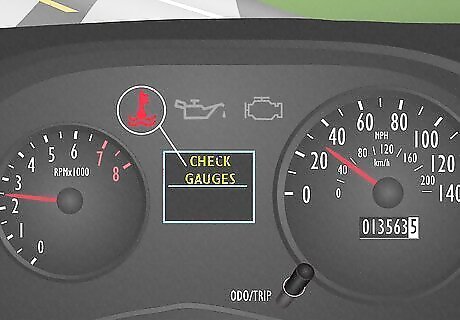
Gauge error It’s possible that the problem isn’t the thermostat controlling the coolant temperature, but the gauges interpreting the thermostat. If the gauge isn’t communicating with the thermostat, your car’s heating system may not work correctly. Other symptoms: The “check gauges” light may come on and the readings on your engine temperature gauge won’t move. What will happen when you turn the heat on? It’s likely that one of two things happens. Either the heat comes on but it’s not particularly hot, or the vents just blow cold air out. The fix: The gauges need to be tested and replaced, so see a mechanic to have them repair the gauges for you.
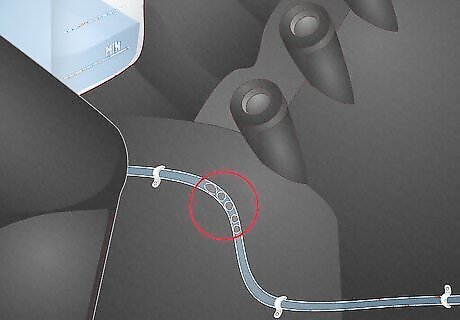
Air lock An air lock refers to a bubble or pocket of air that’s trapped in the coolant system. This is a problem because air in the coolant system blocks the open flow of coolant through the engine, which can cause overheating, leaks, blown gaskets, and all kinds of problems. How the air got there in the first place is also a potential issue, since it signals there may be a leak somewhere letting the air in. Other symptoms: Weird noises coming from your dashboard, engine overheating, and irregular engine performance. What will happen when you turn the heat on? It depends on where the bubble is and how big it is, but it’s very likely you’ll either get random bursts of hot air, or nothing but room-temperature air. The fix: See a mechanic to have your coolant system bled and cycled. Then, the mechanic will need to diagnose and fix the underlying issue, which is often a leaky radiator gasket or a tear in a coolant line.
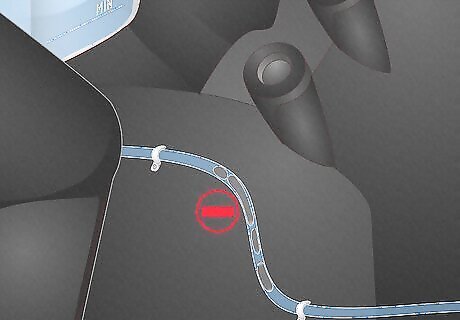
Blockage A blockage in your coolant system is almost always a really big air lock that gets stuck because the pressure in the system gets too high and/or the air pocket gets lodged in a spot where it can’t continue to circulate through the system. This will cause all kinds of serious problems if it isn’t addressed soon. Other symptoms: The coolant in the reservoir bubbles when your car is running, the coolant color changes, the engine runs hot, and eventually, your system develops coolant leaks. What will happen when you turn the heat on? The air may start out hot when you turn the heat on, but it will quickly peter out and turn into room-temperature air. The fix: Do not continue to drive! Get the vehicle to a mechanic and have them bleed and flush your system to locate the problem.
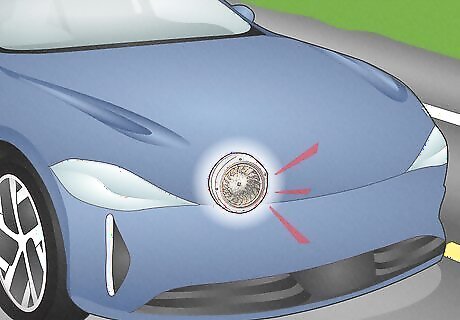
Bad blower motor If nothing happens when you turn the heat on, you’ve almost positively got a blown blower motor. The blower motor is the component that actually forces air into your car’s cabin. If the motor fails, nothing will push the air out when you turn the air or AC on. Other symptoms: No air comes out at all when you turn the heat on, or the air comes out hot but it’s much weaker than it should be. What will happen when you turn the heat on? Nothing at all. The fix: The blower motor needs to be replaced. This is luckily a very cheap and quick repair job for a mechanic.
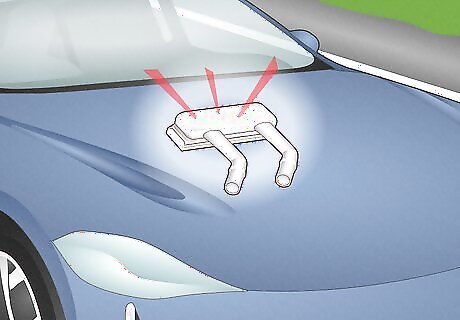
Bad heater core The heater core is the compartment that the thermostat is in control of opening once the heat is turned on and the coolant is hot. If the heater core is blocked or there’s an air lock, it can crack and let the coolant out—resulting in poor airflow. This is a rare problem, but it can happen—usually when you don’t perform maintenance or get an air conditioning problem repaired. Other symptoms: Coolant leaks into your cabin. This is the only heater problem where something will leak into the cabin. You may also notice your windows fogging up, or notice a sweet odor. What will happen when you turn the heat on? You won’t get any heat. If air keeps blowing out, your dashboard will eventually start to leak coolant. The fix: See a mechanic to have the dashboard disassembled and the heater core replaced. You’ll likely need a coolant flush, as well.
How does a car’s heating system work?
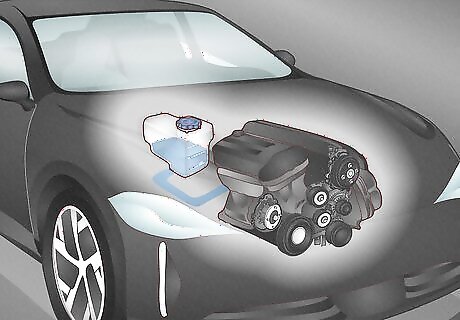
Coolant/antifreeze circulates through the engine to redirect heat. Your engine generates a lot of heat. To keep it from overheating, coolant or antifreeze is pumped through channels in the engine (called water jackets), where the liquid absorbs heat. If you don’t turn the heater on, that heat gets sent to the radiator where the liquid cools back off and the loop repeats itself. If you do turn the heat on, the hot coolant/antifreeze is directed through a railing where that hot air gets blown into the car. Just FYI, there’s no real difference between antifreeze and coolant—they perform the same function. The difference is how much water there is in the mixture. This is why you should turn your heat on and lower the windows if your engine ever starts overheating and you can’t pull over immediately—the heat will have an easier time dissipating with your vents open. The heating system in electric cars is a little different. The main difference is that air is compressed to heat it instead of relying on coolant. The rest of the system is basically the same.
How much will fixing a heater cost?
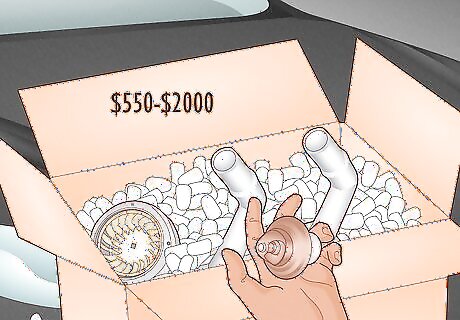
Most of the heating system repairs are relatively inexpensive. Every shop has their minimums, and you have to pay the hourly rate for labor, but the heating system repairs tend to be on the lower side of things when it comes to automotive issues. It’s never fun to pay for vehicle repairs, but so far as problems go, these are usually on the lower end. The cheapest repair will be a coolant flush or top-off, which shouldn’t cost more than $100 or so. Hose repairs, cracks in coolant lines, and damaged wiring will usually run $200-400. The most expensive repairs are a blower motor or blower core replacement. These can run anywhere from $550 to $2,000 depending on your make and model.
















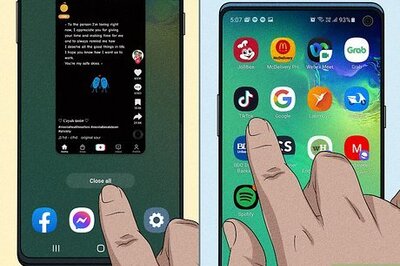



Comments
0 comment